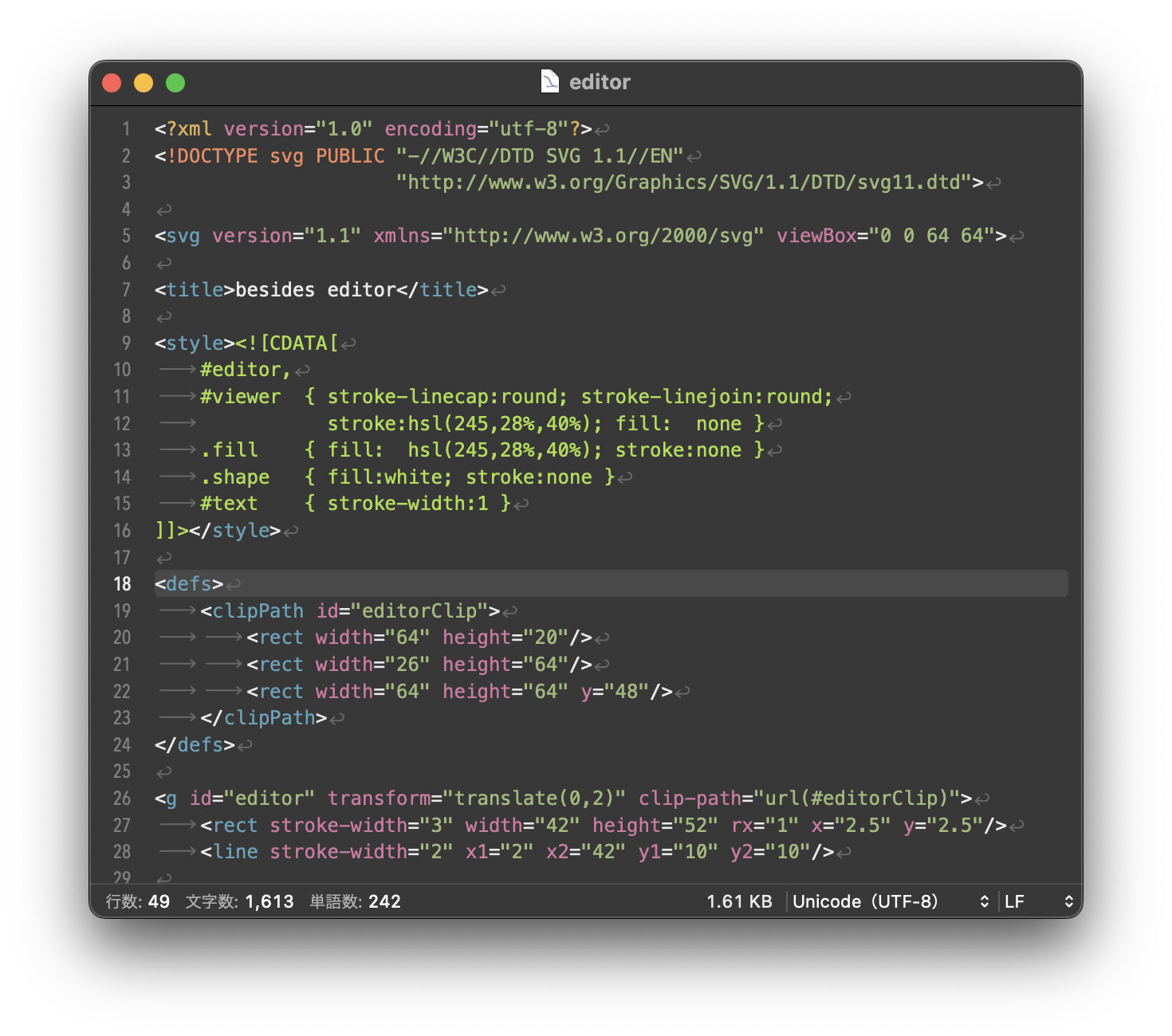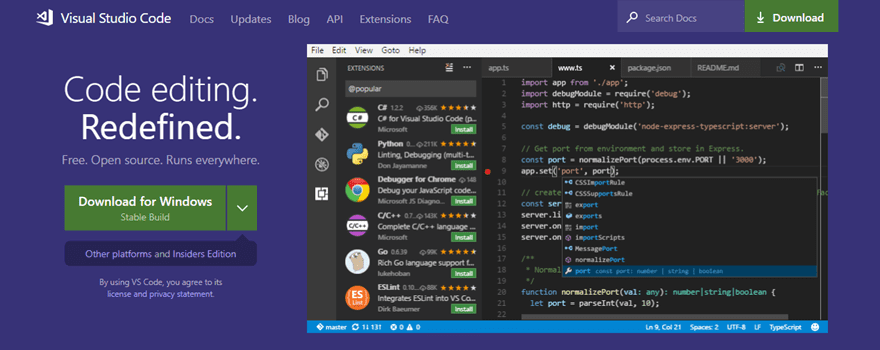Text Editor For C Mac
TextEdit User Guide

Some experience with the Terminal on the Mac; Awareness that VIM is rather different from every text editor that you might have used (hello Sublime text!) Terminology. Command line: An interface for interacting with the operating system. Terminal: A command line interface to control the UNIX-based operating system that underlies the Mac. Text Editors for Mac. Below are some text editor options you should consider for your Mac. The $29.99 iA Writer is my tool of choice. It’s fast and lean, and it has the simplest design of Mac text editors. Like many text editors, it handles Markdown formatting, offering a preview view so you can see how your text will look with.
You can use TextEdit to edit or display HTML documents as you’d see them in a browser (images may not appear), or in code-editing mode.
Note: By default, curly quotes and em dashes are substituted for straight quotes and hyphens when editing HTML as formatted text. (Code-editing mode uses straight quotes and hyphens.) To learn how to change this preference, see New Document options.
Create an HTML file
In the TextEdit app on your Mac, choose File > New, then choose Format > Make Plain Text.
Enter the HTML code.
Choose File > Save, type a name followed by the extension .html (for example, enter index.html), then click Save. Alesis q49 software download.
When prompted about the extension to use, click “Use .html.”
View an HTML document
In the TextEdit app on your Mac, choose File > Open, then select the document.
Click Options at the bottom of the TextEdit dialog, then select “Ignore rich text commands.”
Click Open.
Always open HTML files in code-editing mode

In the TextEdit app on your Mac, choose TextEdit > Preferences, then click Open and Save.
Select “Display HTML files as HTML code instead of formatted text.”
Change how HTML files are saved
Set preferences that affect how HTML files are saved in TextEdit.
In the TextEdit app on your Mac, choose TextEdit > Preferences, then click Open and Save.
Below HTML Saving Options, choose a document type, a style setting for CSS, and an encoding.
Select “Preserve white space” to include code that preserves blank areas in documents.

If you open an HTML file and don’t see the code, TextEdit is displaying the file the same way a browser would (as formatted text).